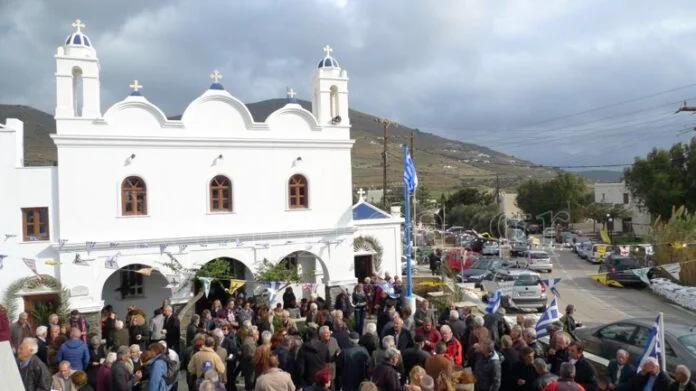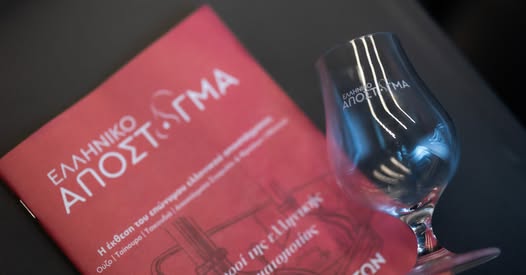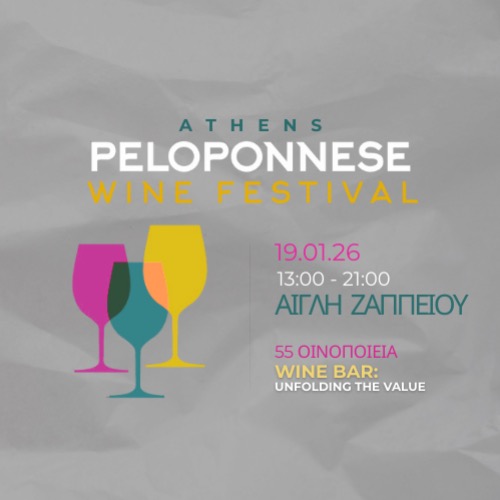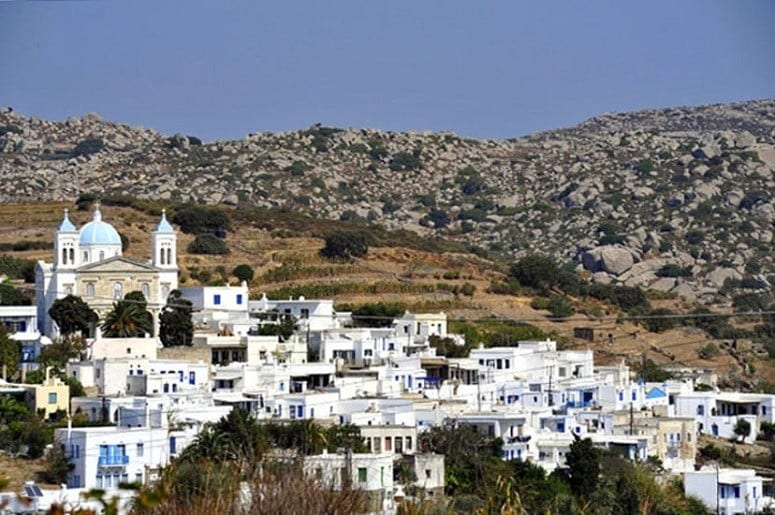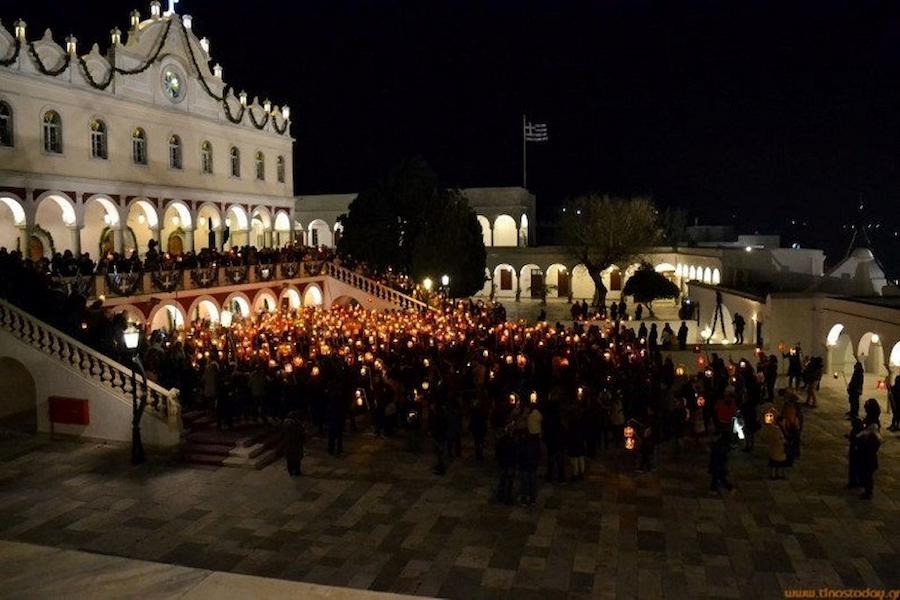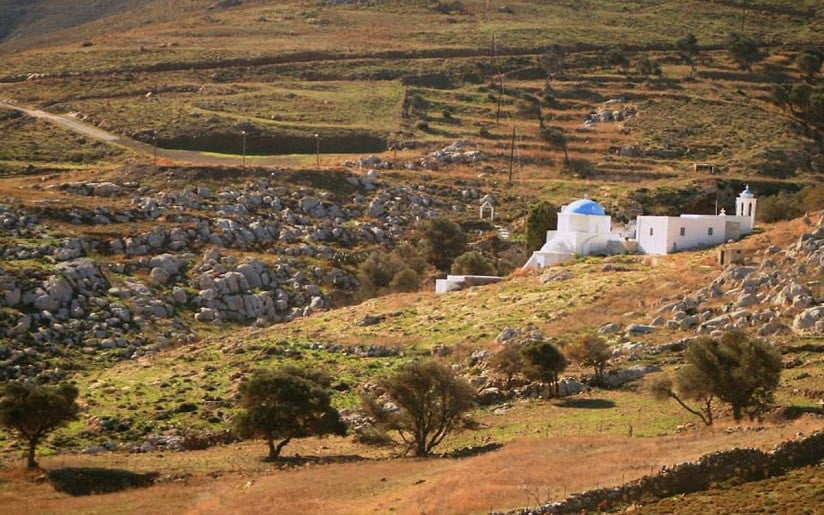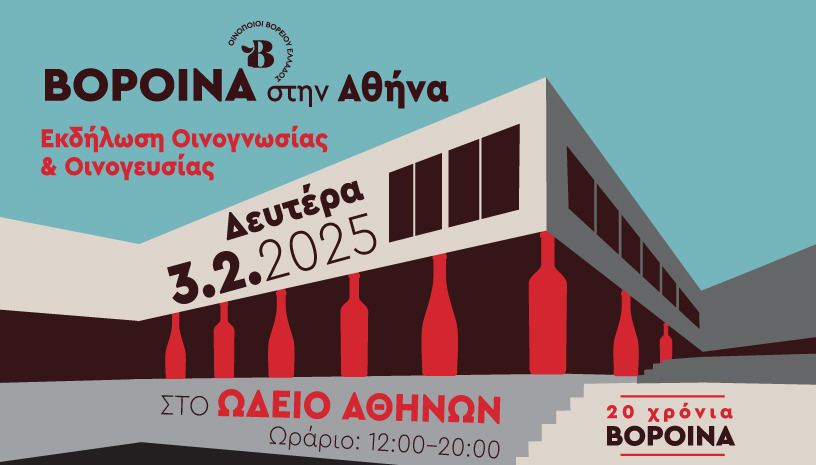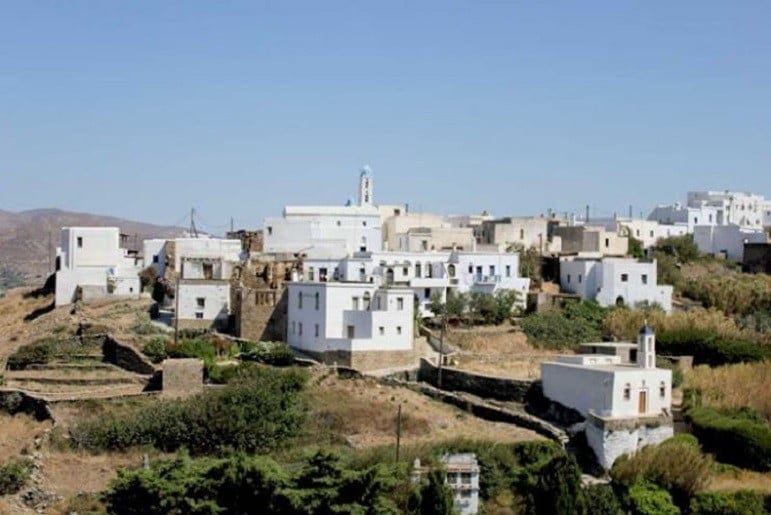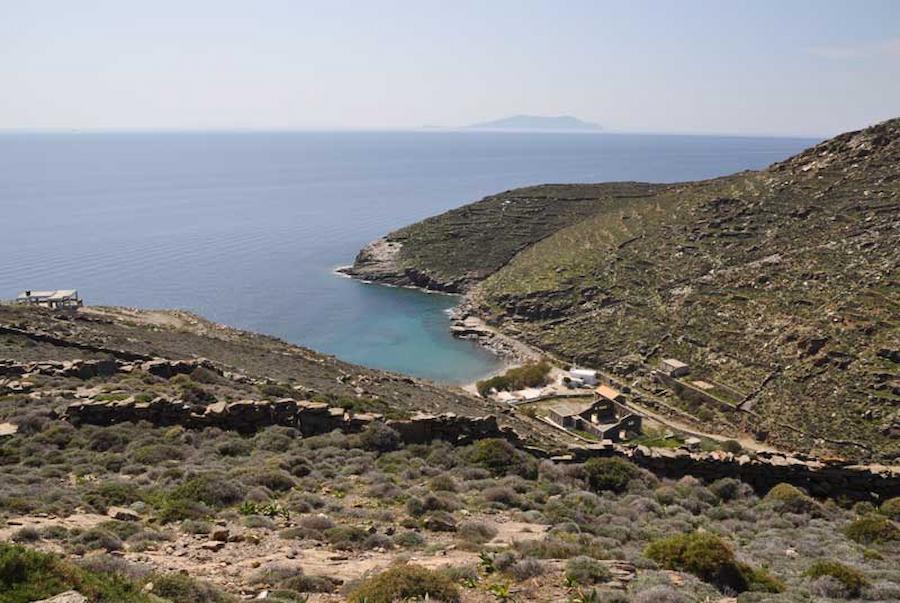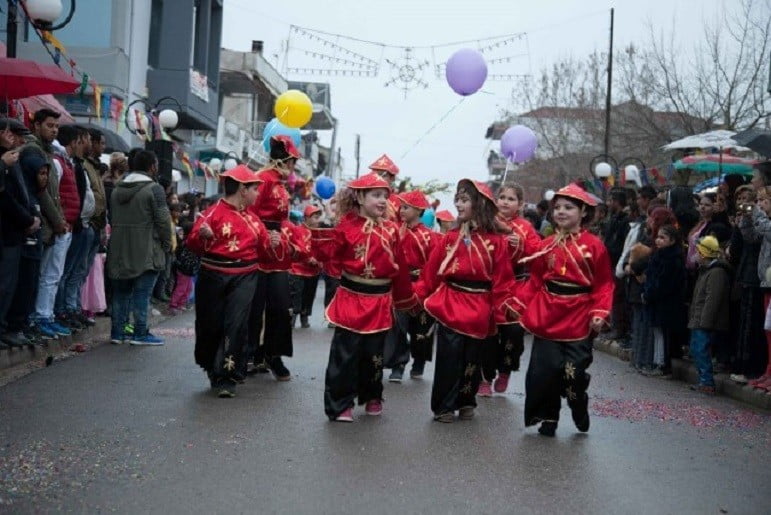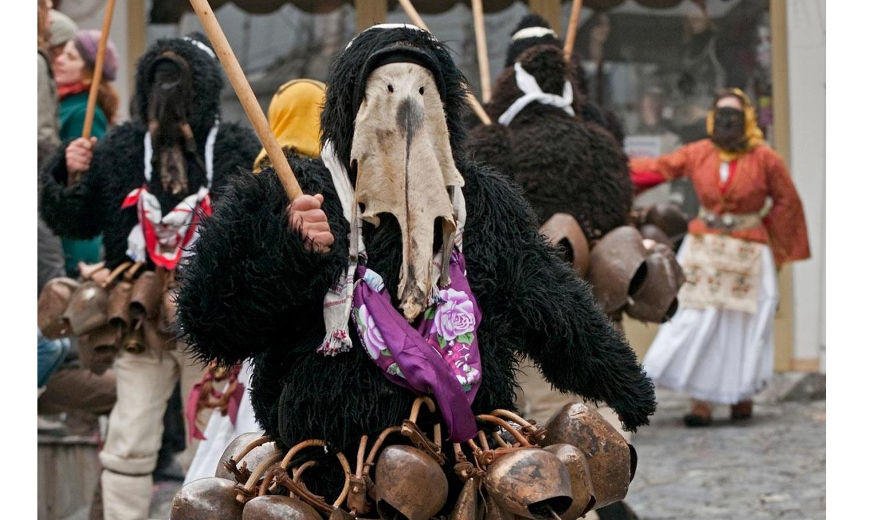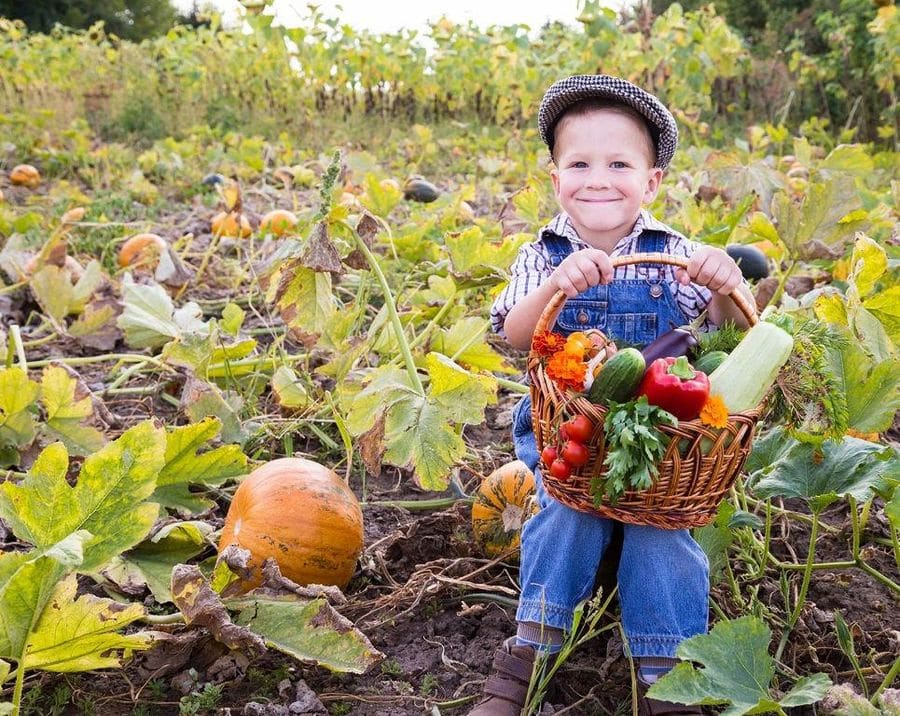on December 4th
The Festival of Agia Varvara on Tinos is one of the island’s most cherished celebrations, bringing together the villages of Arnados, Dyo Choria, Berdemiaros, and Triantaros in devotion and festivity. The historic church of Santa Varvara, a three-aisled basilica with an iconostasis showcasing Russian icon art, stands at the heart of the celebration.
According to tradition, Santa Varvara “cures every kind of infectious disease,” and her icon, painted between 1790 and 1810, is deeply revered. Around fifty church trustees take turns keeping the icon in their homes for about a week, treating it as a living member of the family.
The feast on December 4th unfolds over three days. It begins on the eve of the main day with a midday Mass, followed by two Vespers services and two liturgies. In keeping with Tinian tradition, the church is whitewashed for the occasion, while women clean and decorate the sanctuary and surrounding areas with flowers. After Mass, treats are shared in the courtyard, and celebrations often continue in the village square with balo and syrto dances accompanied by violins.
The feast on December 4th unfolds over three days, with the following indicative program:
Day 1 – Eve of the Feast
- Midday Mass at the church
- Preparation of the church and surroundings: cleaning, polishing candlesticks, and decorating with flowers
- Communal gathering in the courtyard with treats and refreshments
Day 2 – Main Feast Day (December 4th)
- Morning Vespers and liturgy at the church
- Traditional whitewashing of the church interior and exterior
- Sharing of sweets and local delicacies in the courtyard
- Evening dances (balo and syrto) in the village square, accompanied by violin music
Day 3 – Closing Day
- Morning liturgy at the church
- Continued communal meals and sharing of wine and local dishes in the homes of locals celebrating their name day
- Farewell festivities with music, dancing, and traditional treats until late evening
The festival fosters a warm, communal atmosphere that seamlessly blends faith, tradition, and hospitality, providing visitors with a unique insight into the cultural life of Tinos.
Locals celebrating their name day open their homes to guests, offering tables filled with local dishes, wine, and traditional sweets such as psarakia, meringues, pasteli, xerotigana, and homemade raki. The festival creates a warm, communal atmosphere that lasts late into the evening, blending faith, tradition, and hospitality.
Photo: tinosecret.gr

